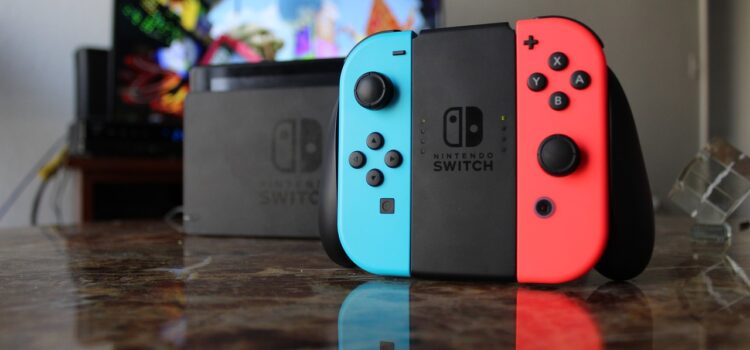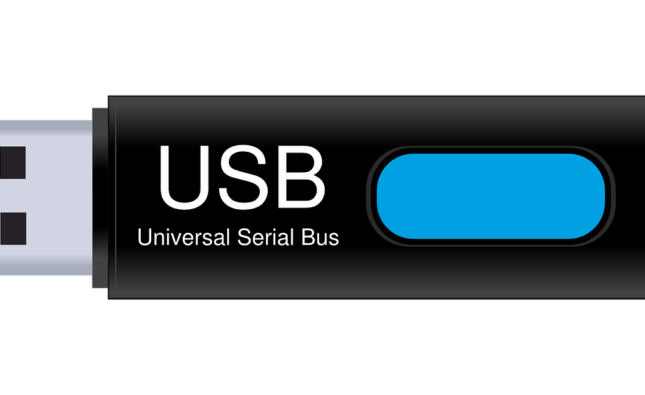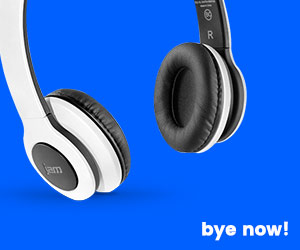GameCube
After the N64 generated so many multi-format games, big third party blockbusters, and brand new Nintendo franchises, Nintendo needed a powerful console to compete against Sony’s PlayStation 2 and Microsoft’s Xbox. And it answered this need with GameCube.
The Cube used the same CPU core as its legendary predecessor; however, Nintendo had taken lessons from its previous iterations and improved the architecture to more efficiently utilize hardware resources – this allowed for advanced features to be added without significantly impacting performance or creating extra hassle.
These features included the capability of performing up to 32x zooms in games (thanks to its octa-core GPU), support for HDTV resolution, and hardwired effects such as fogging, subpixel antialiasing, alpha blending, virtual texture design MIPMAP bump mapping multitexture mapping as well as multitexture mapping. In addition, a Game Boy Player enabled it to play GBA games without additional software installation – simply by plugging it in.
The GameCube offered limited built-in memory, along with an SD flash card port compatible with Panasonic SD flash cards to allow gamers to save their progress quickly. Unfortunately, unlike its PlayStation 2 and Xbox counterparts, however, Nintendo never supported online play; rather it took an approach whereby they waited to ensure they had sufficient infrastructure before attempting a launch of an effective network.








